Formic acid
Formic acid is one of the basic organic chemical raw materials, used in industries such as pesticides, leather, dyes, pharmaceuticals, and rubber.
Brand ERUI
Certification N/A
Lead Time 15 days
Guarantee Period 1 year
Source of Supply Shandong
Payment Method T/T L/C
Product Information
Formic acid is one of the basic organic chemical raw materials, used in industries such as pesticides, leather, dyes, pharmaceuticals, and rubber.
Physical state and appearance: Liquid.
Odor: Pungent, vinegar-like, sour (Strong.)
Taste: Vinegar, sour (Strong.)
Molecular Weight: 60.05 g/mole
Color: Colorless. Clear (Light.)
pH (1% soln/water): 2 [Acidic.]
Boiling Point: 118.1°C (244.6°F)
Melting Point: 16.6°C (61.9°F)
Critical Temperature: 321.67°C (611°F)
Specific Gravity: 1.049 (Water = 1)
Vapor Pressure: 1.5 kPa (@ 20°C)
Vapor Density: 2.07 (Air = 1)
Volatility: Not available.
Odor Threshold: 0.48 ppm
Water/Oil Dist. Coeff.: The product is more soluble in water; log(oil/water) = -0.2
Ionicity (in Water): Not available.
Dispersion Properties: See solubility in water, diethyl ether, acetone.
Solubility:
Easily soluble in cold water, hot water. Soluble in diethyl ether, acetone. Miscible with Glycerol, alcohol, Benzene, Carbon Tetrachloride. Practically insoluble in Carbon Disulfide.
Flammability of the Product: Flammable.
Auto-Ignition Temperature: 463°C (865.4°F)
Flash Points: CLOSED CUP: 39°C (102.2°F). OPEN CUP: 43°C (109.4°F).
Flammable Limits: LOWER: 4% UPPER: 19.9%
Products of Combustion: These products are carbon oxides (CO, CO2).
F ire Hazards in Presence of Various Substances:
Flammable in presence of open flames and sparks, of heat. Slightly flammable to flammable in presence of o xidizing materials, of metals.
Explosion Hazards in Presence of Various Substances:
Risks of explosion of the product in presence of mechanical impact: Not available. Risks of explosion of the product in presence of static discharge: Not available. Slightly explosive in presence of oxidizing materials.
Fire Fighting Media and Instructions:
Flammable liquid, soluble or dispersed in water. SMALL FIRE: Use DRY chemical powder. LARGE FIRE: Use alcohol foam, water s pray or fog. Cool containing vessels with water jet in order to prevent pressure build-up, autoignition or explosion.
Special Remarks on Fire Hazards:
Reacts with metals to produces flammable hydrogen gas. It will ignite on contact with potassium-tert-butoxide. A mixture of ammonium nitrate and acetic acid ignites when warmed, especially if warmed.
Special Remarks on Explosion Hazards:
Acetic acid vapors may form explosive mixtures with air. Reactions between acetic acid and the following materials are potentially explosive: 5-azidotetrazole, bromine pentafluoride, chromium trioxide, hydrogen peroxide, potassium permanganate, sodium peroxide, and phorphorus trichloride. Dilute acetic acid and dilute hydrogen can undergo an exothermic reaction if heated, forming peracetic acid which is explosive at 110 degrees C. Reaction between chlorine trifluoride and acetic acid is very violent, sometimes explosive.
Recommendations
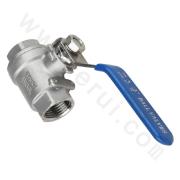
SS Ball Valve, 1/2" | HV240/HV1200 Degaser
BrandTSC
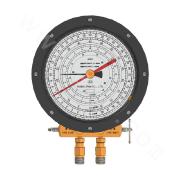
JZLG40 Coiled Tubing Weight Indicator
BrandJPIM

Torque Wrench
BrandSHEFFIELD
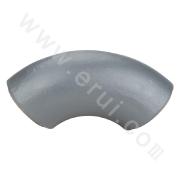
28"NPS 90°Elbow
BrandYSDLGJ
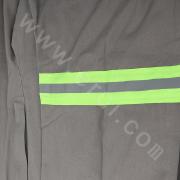
100% Cotton Flame Retardant Coverall
BrandXINDAO
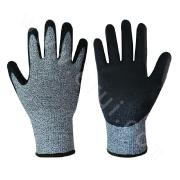
13 Gauge ANSI Cut Level A2 / ISO 13997 Cut Level B Shell Pu Coating On Palm
BrandJIADELI

9pcs. Comb Wrench Set
BrandENDURA
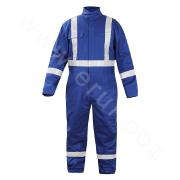
T / C Split Working Cloth
BrandXINDAO
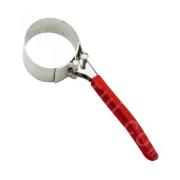
Oil Filter Wrench
BrandENDURA
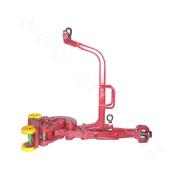
Makeup and Breakout Tools | Manual Tong Type HT55 W/LG. Lever|3-1/2"~13-3/8"|55000 Ft.Lbs
BrandRUTONG
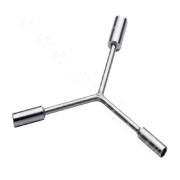
Y Type Socket Wrench
BrandENDURA
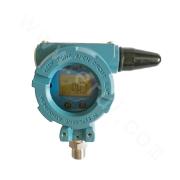
QYB102 Series Pressure Transmitter
BrandKADUN

4"NPS 90°Elbow
BrandYSDLGJ
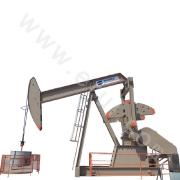
Pumping Unit
BrandHENGTAIFENG
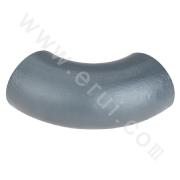
1 1/4"NPS 90°Elbow
BrandRUNYANG

Mud Pump|RS-F1600FTL
BrandHRSB
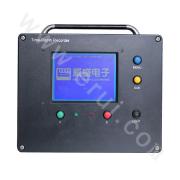
Time Depth Recorder
BrandWELL-SUN
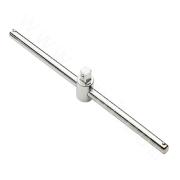
Sliding T-Bar
BrandENDURA
